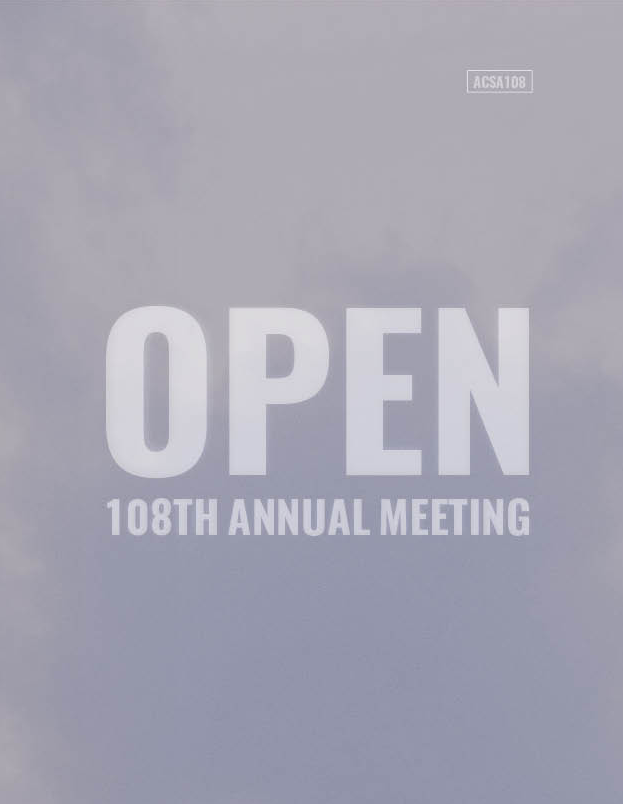Author(s): Niloufar Emami & Paul Holmquist
Stereotomy is a traditional construction technique that allows for building architectural structures from discrete stone elements. Stereotomy in this sense is understood as the shaping of solid structural materials to form unique parts that integrally comprise an assembled whole. With the advancement of computational design methods, material properties, and fabrication techniques, the discipline has been “reborn.” In particular, stereotomy can be reinvestigated using materials other than stone such as concrete, or the liquid stone. Concrete has many advantages over stone. Fiber-reinforced concrete can perform in both compression and tension, as opposed to stone which only performs in compression. In addition, the weight of concrete modules can be reduced by using optimized mixes, as well as by designing molds that create hollow spaces in the modules. Concrete is less expensive than stone, and the equipment for its fabrication is widely accessible. Other advantages include the lower cost of concrete compared to stone, and the general economy of material use. In this paper, we present research developed at the LSU School of Architecture investigating the design of stereotomic modules and assemblies made of concrete that comprise a topological, interlocking structural catenary arch wherein variability of form is controlled. Digital tools such as Rhino and Grasshopper were employed to push the boundaries of form generation in the design of the arch, while the Karamba plug-in for Grasshopper was used for structural performance assessment. 3D printing was utilized to make formwork for creating the complex voussoirs. In particular, stereolithography (SLA) 3D printers were employed where elastic resin was used. A small-scale assembly of the arch was 3D-printed, followed by the primary experiments of 3D printing formwork for the modules. This research demonstrates the growing potential of 3D printing for creating stereotomic formwork.
https://doi.org/10.35483/ACSA.AM.108.46
Volume Editors
ISBN
978-1-944214-26-5

 Study Architecture
Study Architecture  ProPEL
ProPEL 
